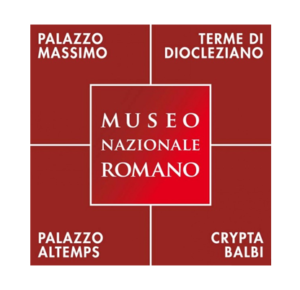The arch is one of the most quintessential features of Roman architecture. It appears in aqueduct arcades, bridges, and many monumental structures like free-standing amphitheaters, stadiums, etc. Although the Romans didn’t create the arch, they certainly perfected its use in their constructions. Possibly the Romans were first exposed to the arch by the Etruscans (as indicated by the early archaeological record).
The celebratory “triumphal” arch in Rome was a stand-alone monument that followed the role of the stand-alone column that elevated a statue of an individual over others for his achievements, as noted by Pliny the Elder (HN 334.27). The arcus or fornix as a celebratory monument was first mentioned in 196 BC (Livy 33.27.4) , Scipio Africanus’ arch in 190 BC on the Capitoline (Livy 37.3.7), and Fabius’ fornix in the forum in 120 BC. These monuments were commemorative or triumphal in their purpose in the last two centuries of the Republic and throughout the imperial period . In Rome today the most impressive triumphal arches that remain visible are the Arches of Titus, Septimius Severus, and Constantine. Such commemorative arches are found throughout the Roman empire.
In Rome:
- Arch of the Argentarii
- Arch of Augustus
- Arch of Constantine
- Arch of Gallienus
- Arch of Janus
- Arch of Titus (Palatine)
- Arch of Titus (Circus Maximus)
- Arch of Septimius Sevrerus
This content is brought to you by The American Institute for Roman Culture, a 501(C)3 US Non-Profit Organization.
Please support our mission to aid learning and understanding of ancient Rome through free-to-access content by donating today.
Cite This Page
Cite this page as: Darius Arya, The American Institute for Roman Culture, “Arcus (Arches, General)” Ancient Rome Live. Last modified 5/21/2020. https://ancientromelive.org/arcus-arches-general/
License
Created by The American Institute of Roman Culture, published on 11/11/2019 under the following license: Creative Commons: Attribution-NonCommercial-ShareAlike. This license lets others remix, tweak, and build upon this content non-commercially, as long as they credit the author and license their new creations under the identical terms. Please note that content linked from this page may have different licensing terms.






